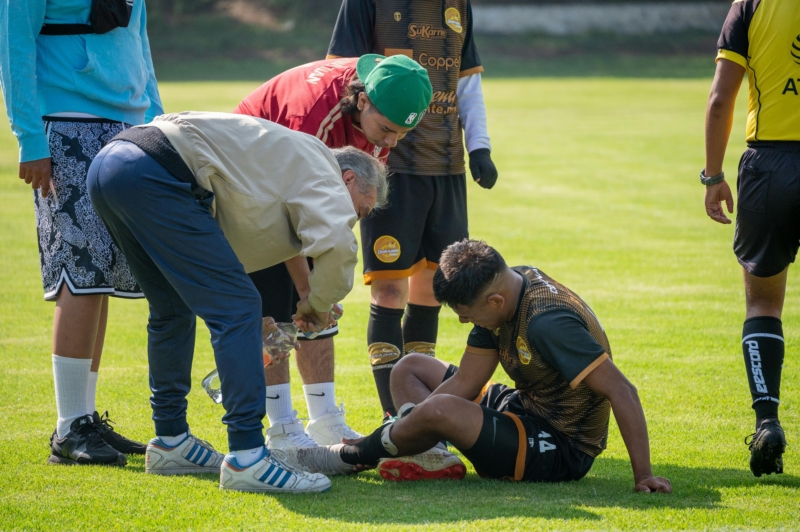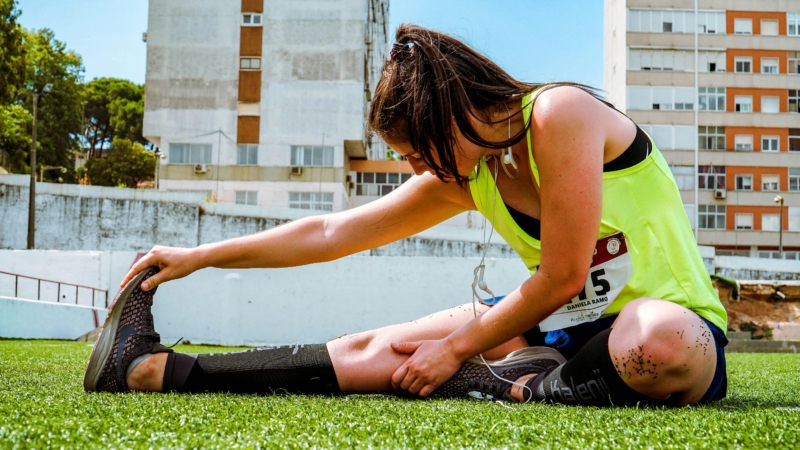Navigating Sports Injuries and Insurance Coverage
Navigating Sports Injuries and Insurance Coverage
Understanding the Cost

Navigating the world of sports, whether you’re a high school athlete to a pro on the field, comes with its highs and lows. Among the lows are the injuries that can knock you off your feet, both literally and financially. In this article, we dive deep into the financial implications of common sports injuries and shed light on finding the right insurance coverage to protect you when you’re down.
Table of Contents:
- Common Sports Injuries
- Navigating Insurance
- Injury Prevention
Common Sports Injuries
ACL Tear: A dreaded scenario for athletes, an ACL tear not only sidelines you for months but also leads to significant medical expenses from surgery to rehabilitation.
Stress Fractures: These sneak up on athletes who overtrain or don’t properly rest, leading to ongoing diagnostic tests and potentially physical therapy.
Rotator Cuff Injury: Common in sports that involve a lot of arm movements, these injuries can mean orthopedic surgeries and a long road to recovery.
The Financial Toll of Sports Injuries
The journey from injury to recovery is not just physically demanding but also financially draining.
- Orthopedic Surgeries: These can run into tens of thousands of dollars, depending on the complexity and the required follow-up care.
- Physical Therapy: Essential for getting back to peak condition, but sessions add up, especially when needed over several months.
- Neurology Consultations: Essential for concussion recovery, these consultations are vital but can be costly.
- Diagnostic Tests: MRIs, X-rays, and other tests are critical for diagnosis but can be a significant financial burden.
- Rehabilitation Services: Tailored rehab programs are crucial for a full recovery but come with a price tag.
Navigating Insurance for Sports Injuries
Understanding Insurance Coverage for Sports Injuries
Knowing what your insurance plan covers is crucial. Coverage for physical therapy, orthopedic surgeries, and diagnostic tests varies greatly among policies. Always check the specifics regarding sports injuries, as some insurers consider them high-risk.
Tips for Finding the Best Insurance Plan
- Shop Around: Don’t settle for the first plan you find. Compare what different insurers offer, especially in terms of sports injuries.
- Read the Fine Print: Understand the limitations and exclusions related to sports-related injuries.
- Consider Additional Coverage: Look into supplemental insurance if your current plan falls short, especially for high-risk sports.
Prevention and Early Intervention

Importance of Preventative Measures: Investing time in proper warm-ups, strength training, and rest can significantly reduce the risk of injuries.
Role of Early Diagnosis and Treatment: Early attention to minor injuries prevents them from becoming major issues, reducing long-term costs and recovery times.
Recovery and Returning to Sport
The Rehabilitation Process is not just about physical recovery but also about preparing mentally and emotionally to return to the sport you love. Support from coaches, family, and mental health professionals can be just as important as the physical rehab itself.
Psychological Impact and Support: It’s crucial to address the mental hurdles that come with sports injuries. Professional support can help athletes cope with the frustration and fear of re-injury, ensuring a stronger comeback.
In conclusion, sports injuries can throw a wrench in your physical and financial plans. However, with the right insurance coverage, preventative measures, and support system, the road to recovery can be more manageable. Whether it’s an ACL tear or a concussion, understanding the financial implications and preparing accordingly can help you focus on what’s most important: getting back in the game. Remember, every athlete’s recovery journey is unique, and so is their financial situation. Tailoring your insurance and recovery plan to fit your specific needs is key to overcoming the hurdles of sports injuries.

